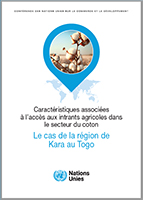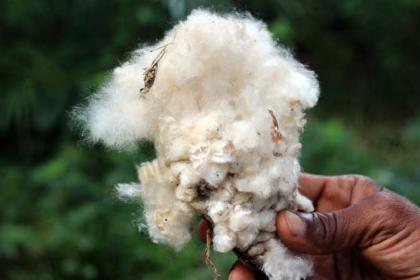
This study identifies some key factors explaining the demand for agricultural inputs such as fertilisers, herbicides, insecticides and seeds in the cotton sector in the Kara region of Togo.
This is an important research question given that low cotton production, largely due to low yields, limits Togo's ambition to develop a cotton industry. Through increased and improved use of inputs, the country will be able to produce enough cotton to develop a dynamic cotton industry, as well as a variety of cotton co-products.
The study uses a logit regression model and data from the Kara region for the 2021-2022 crop year. The results show differences according to sources of input supply.
The paper is organised as follows:
Part 2 reviews the literature on the main determinants of agricultural input use and the consequences of barriers to access to agricultural inputs in sub-Saharan Africa.
Part 3 describes the evolution of cotton production between 2012-2013 and 2021-2022 as well as the role played by the Nouvelle Société Cotonnière du Togo (NSCT) in the distribution of agricultural inputs.
Part 4 describes the data and research methodology used.
Part 5 presents a descriptive analysis of access to agricultural inputs and the results of the estimation of an econometric model explaining the characteristics of cotton producers associated with this access.
The final part of the paper presents policy recommendations for the cotton sector in Togo based on the empirical results.




